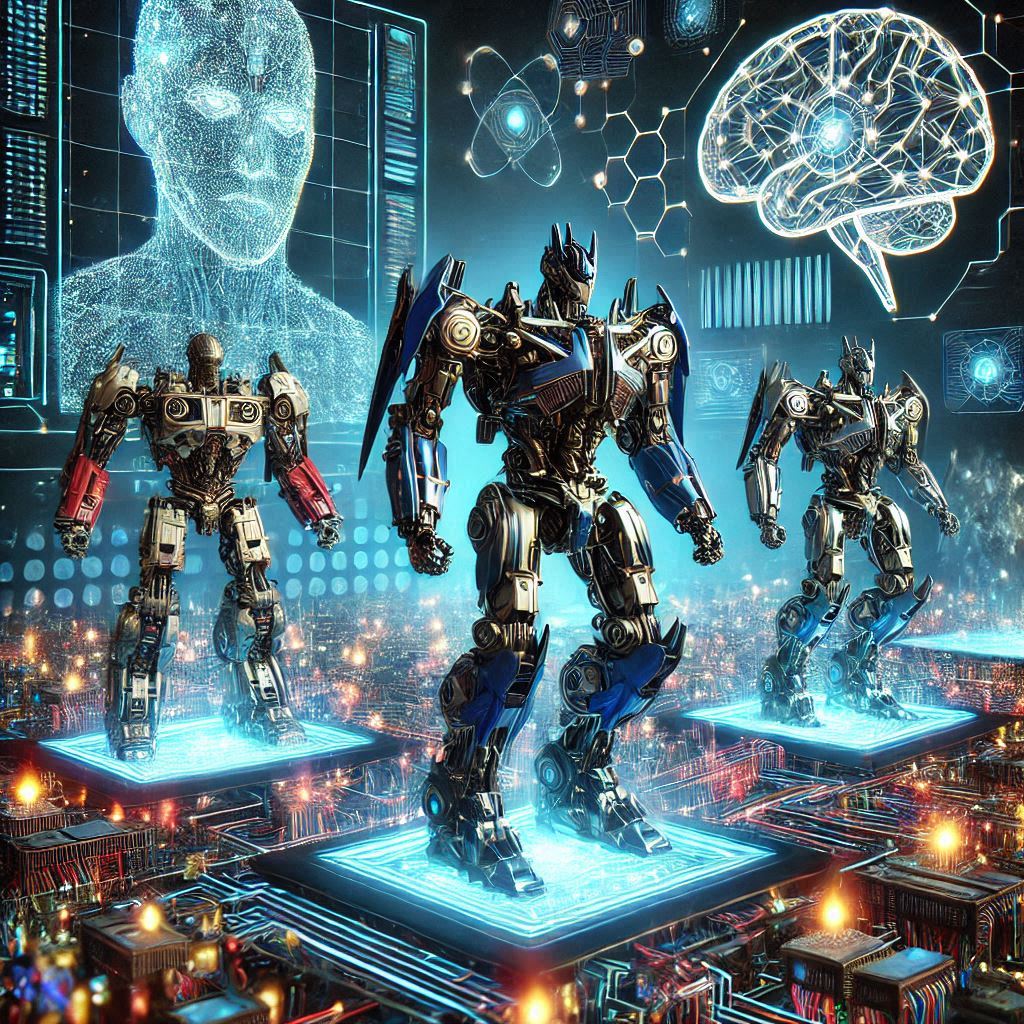Transformers are among the most talked-about inventions in the fast growing field of artificial intelligence (AI). These advanced neural network topologies are rethinking what is possible in AI, stretching the limits of traditional Recurrent Neural Networks (RNNs). This essay investigates how transformers are outperforming RNNs, including their benefits, real-world applications, and what the future holds for AI.

Understanding RNNs and Their Limitations
Recurrent Neural Networks (RNNs) have long been a cornerstone in AI, particularly for sequence modeling tasks such as natural language processing (NLP) and time series prediction. RNNs process data sequentially, making them well-suited for tasks where context and order are crucial.
However, RNNs have notable limitations:
- Difficulty with Long-Range Dependencies: RNNs struggle to maintain context over long sequences due to the vanishing gradient problem.
- Sequential Processing: The inherently sequential nature of RNNs limits their ability to parallelize tasks, leading to longer training times.
- Complexity in Training: RNNs require intricate backpropagation through time (BPTT) algorithms, complicating the training process.
The Emergence of Transformers
Transformers, introduced in the groundbreaking paper “Attention is All You Need” by Vaswani et al. in 2017, brought a paradigm shift to AI. Unlike RNNs, transformers leverage self-attention mechanisms to process input data, allowing them to capture long-range dependencies more effectively.
Key Advantages of Transformers:
- Parallel Processing: Transformers can process sequences in parallel, significantly reducing training times.
- Better Handling of Long Sequences: The self-attention mechanism allows transformers to maintain context over long sequences without the vanishing gradient issue.
- Scalability: Transformers scale efficiently with increased data and compute resources, leading to state-of-the-art performance in various tasks.
Comparative Analysis: Transformers vs. RNNs
In numerous benchmarks and real-world applications, transformers have demonstrated superior performance over RNNs. For instance, in NLP tasks like machine translation, transformers have set new standards for accuracy and efficiency. BERT (Bidirectional Encoder Representations from Transformers) and GPT (Generative Pre-trained Transformer) are prime examples of transformer-based models that have revolutionized the field.
Performance Benchmarks:
- Machine Translation: Transformers have outperformed RNNs in translating languages with high accuracy and faster processing times.
- Text Generation: GPT models generate more coherent and contextually relevant text compared to traditional RNN-based models.
- Time Series Prediction: Transformers have shown promising results in predicting complex patterns over long time horizons.
Real-World Applications
The impact of transformers extends beyond academic research into diverse real-world applications:
- Natural Language Processing: From chatbots to language translation and sentiment analysis, transformers are enhancing the accuracy and responsiveness of AI systems.
- Healthcare: Transformers aid in medical image analysis, predictive modeling for patient outcomes, and drug discovery.
- Finance: In financial forecasting and anomaly detection, transformers provide more accurate and reliable predictions.
Future Prospects
The future of AI appears increasingly tied to the evolution of transformers. Ongoing research aims to optimize transformers further, making them more efficient and accessible for a broader range of applications. As AI continues to advance, transformers are poised to play a pivotal role in unlocking new capabilities and innovations.
Conclusion
The rise of transformers marks a significant leap in the capabilities of AI, redefining what’s possible with their superior efficiency and performance over RNNs. As transformers continue to evolve, their impact on various fields will undoubtedly grow, driving the future of AI forward.
The Partnership That Transformed Virtual Meetings: Zoom and OCI
How PayPal and Microsoft Are Redefining Digital Payments
Can DevOps Engineers Work Without a Cloud Solution Architect?


